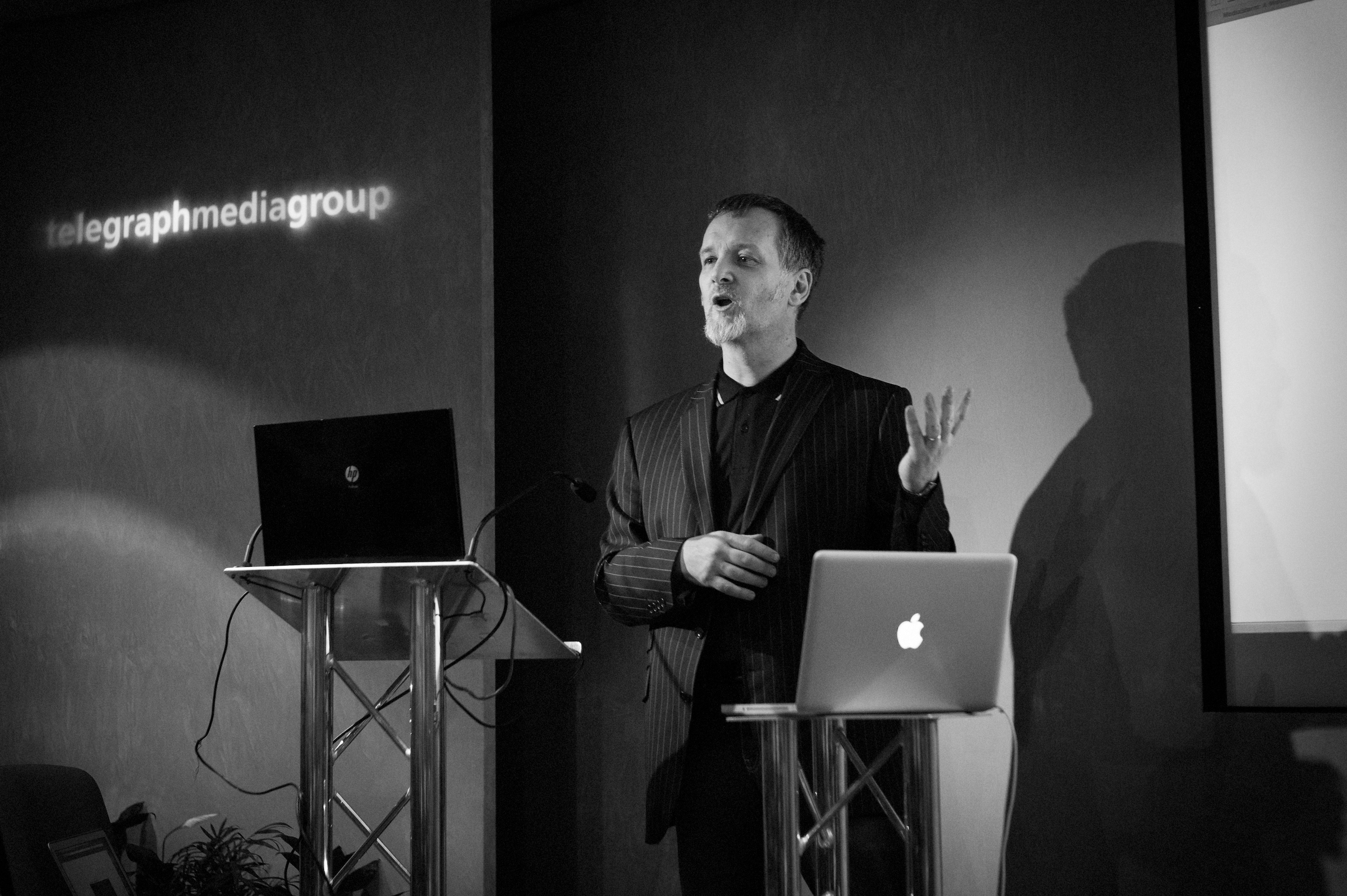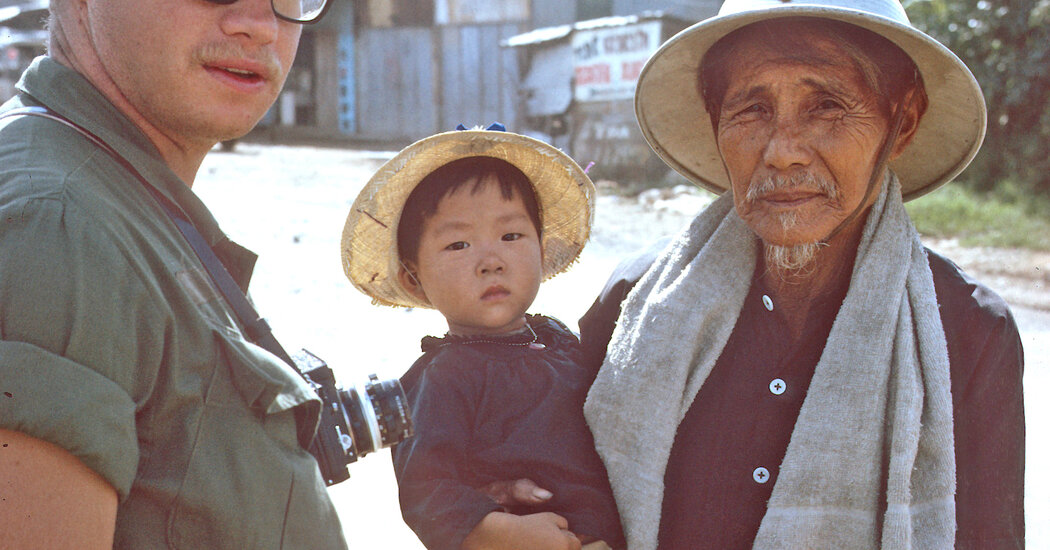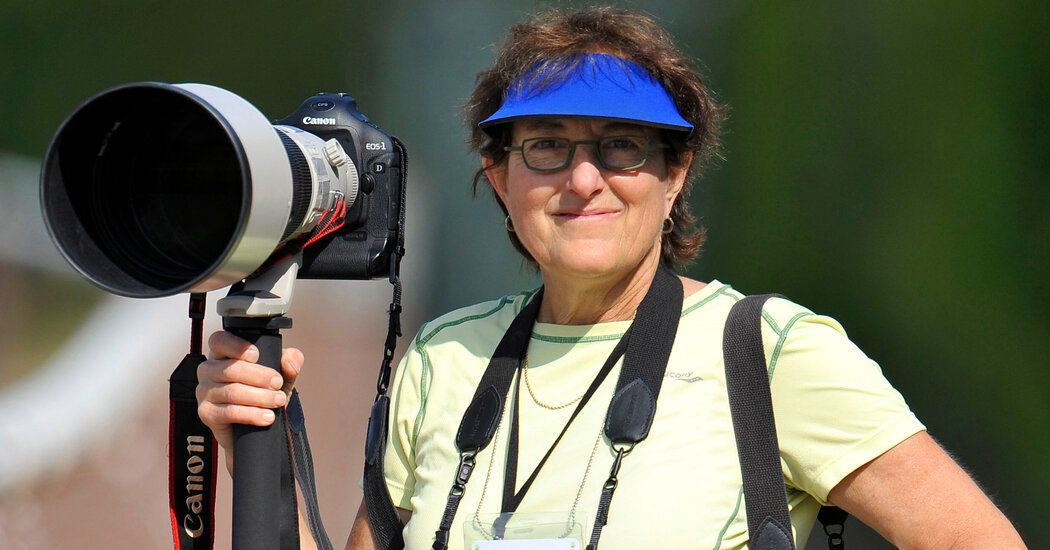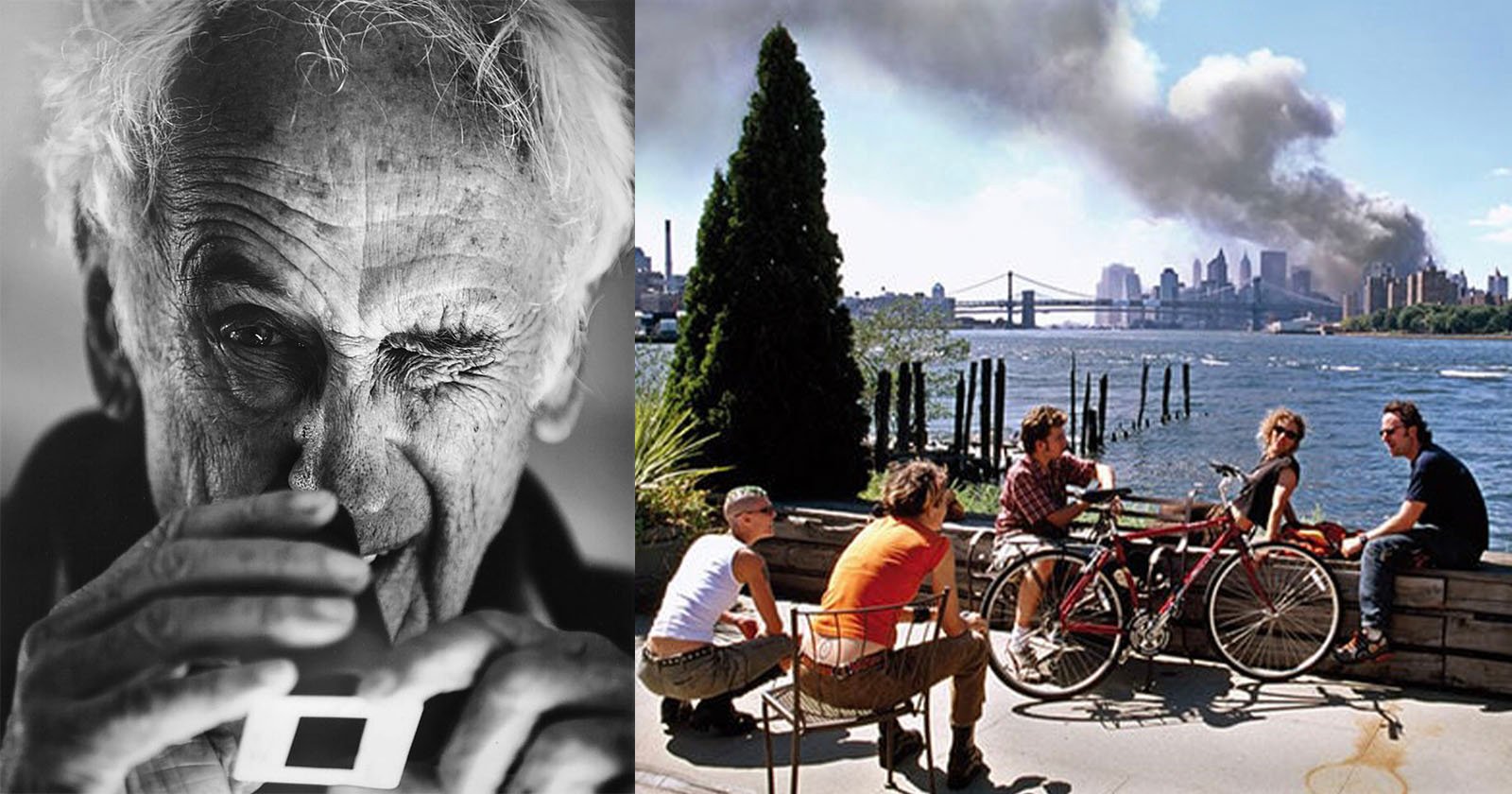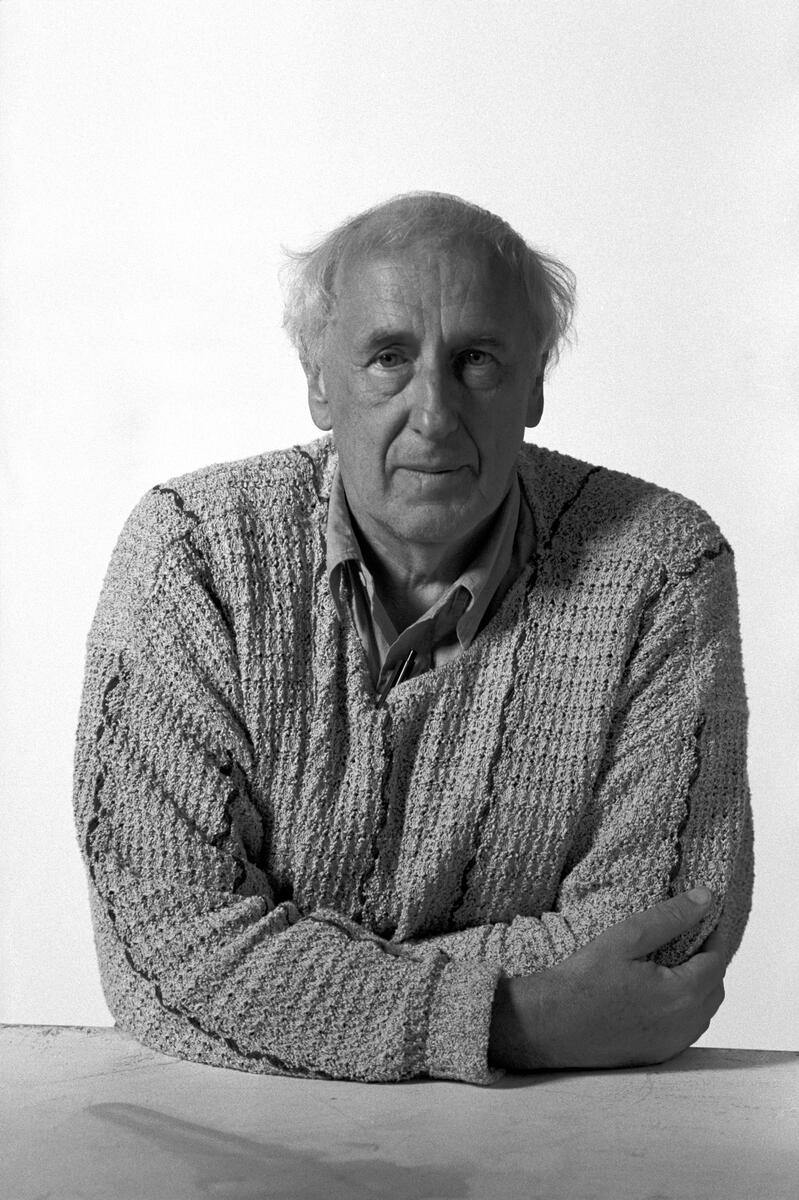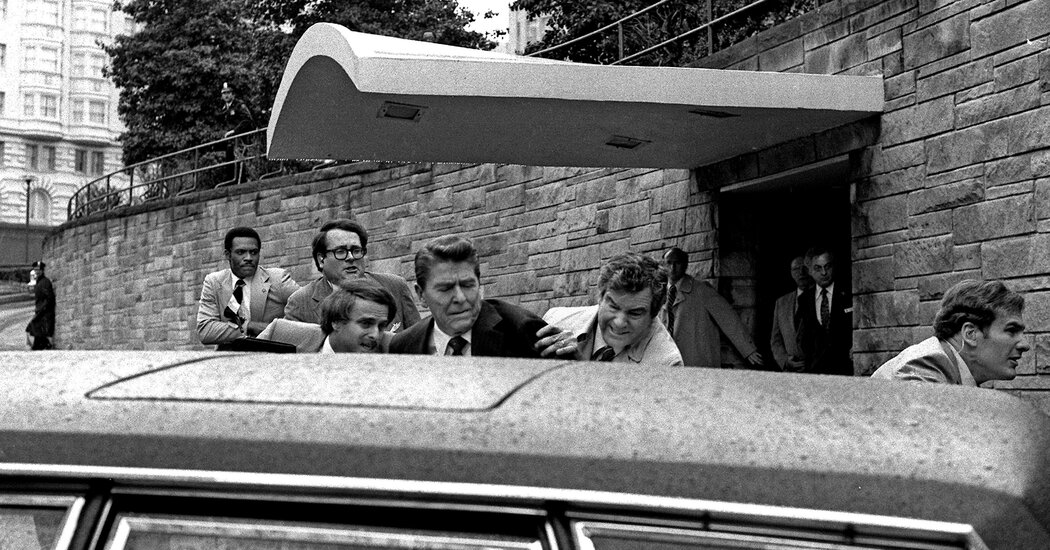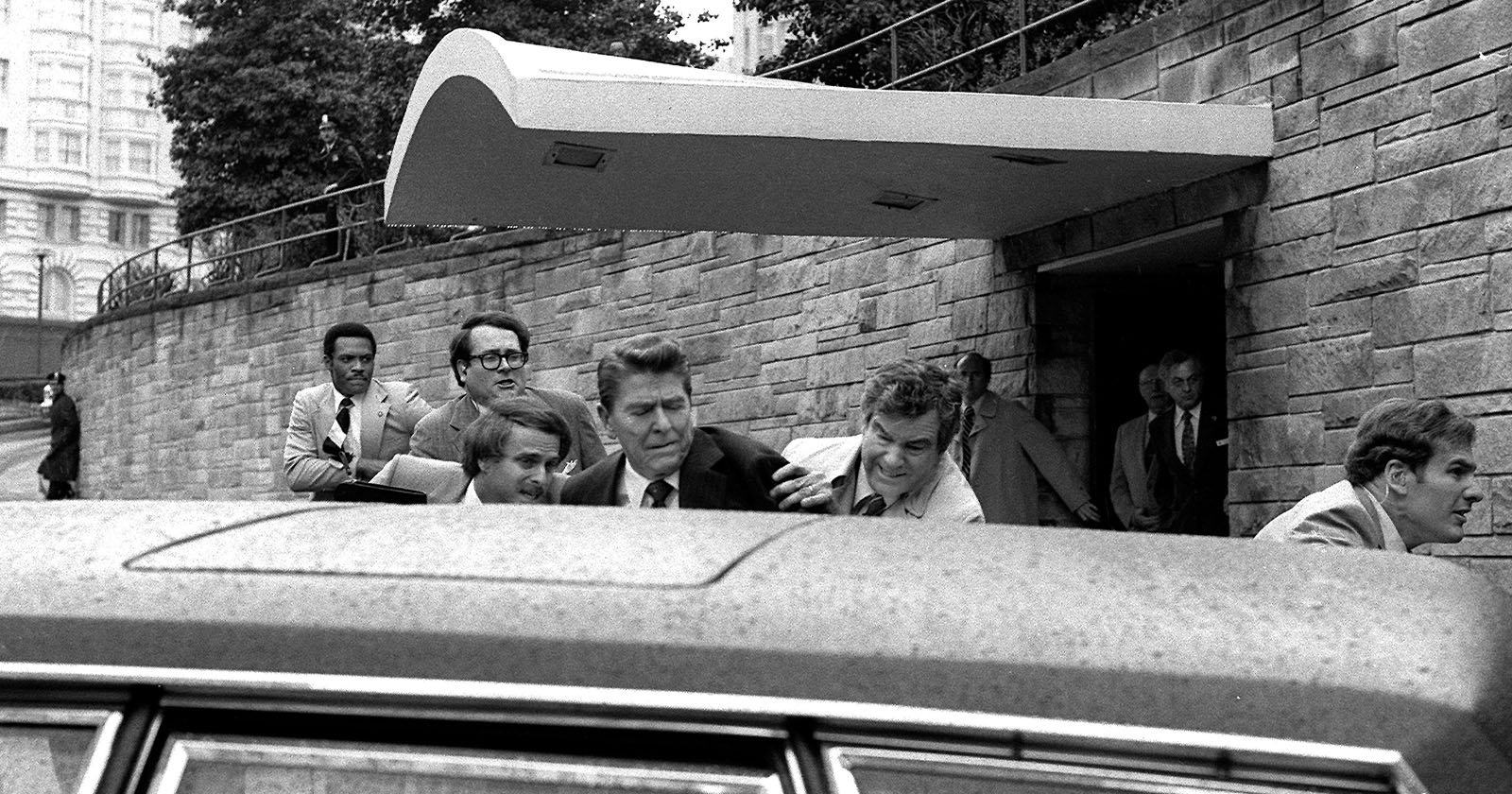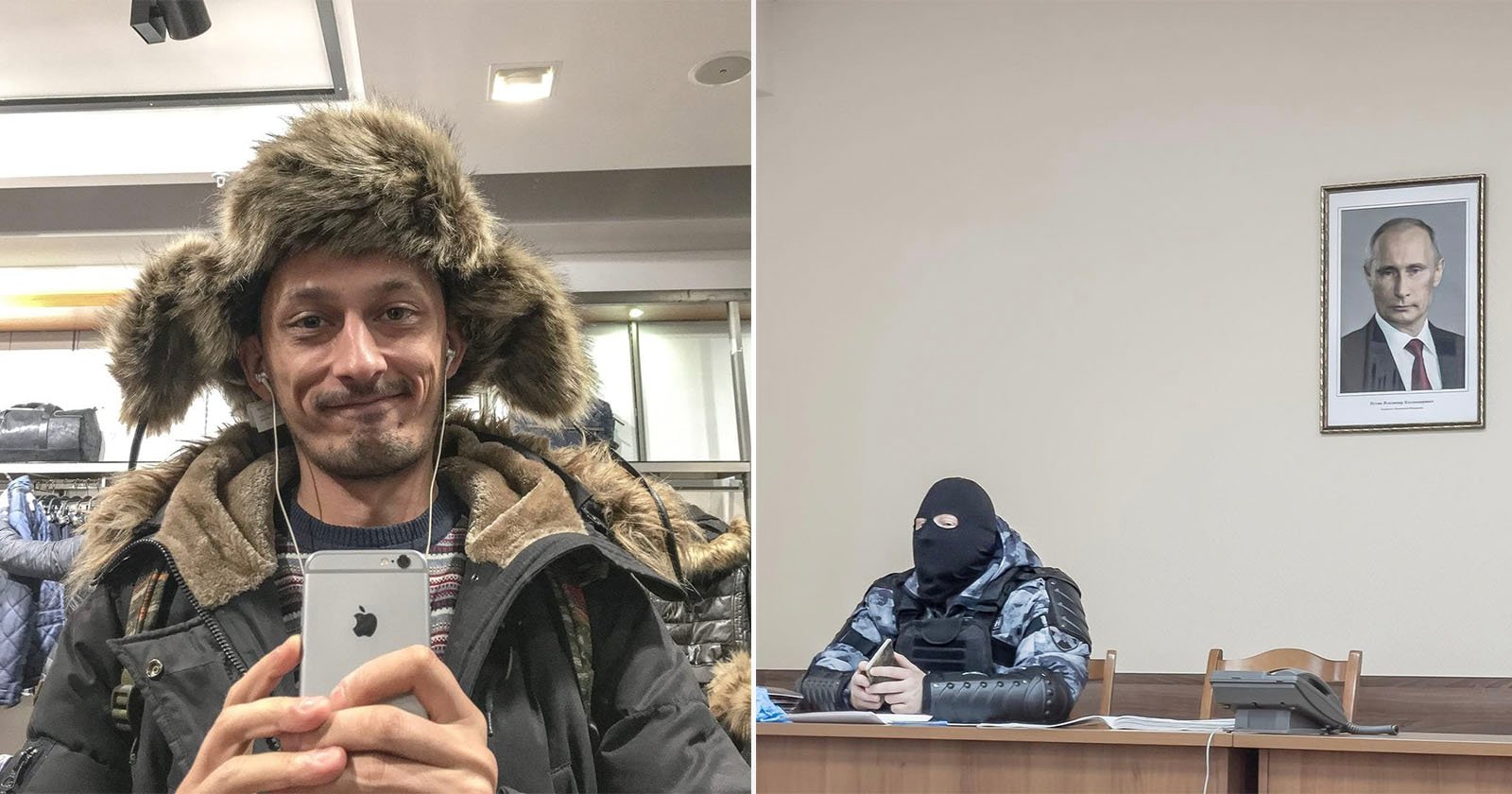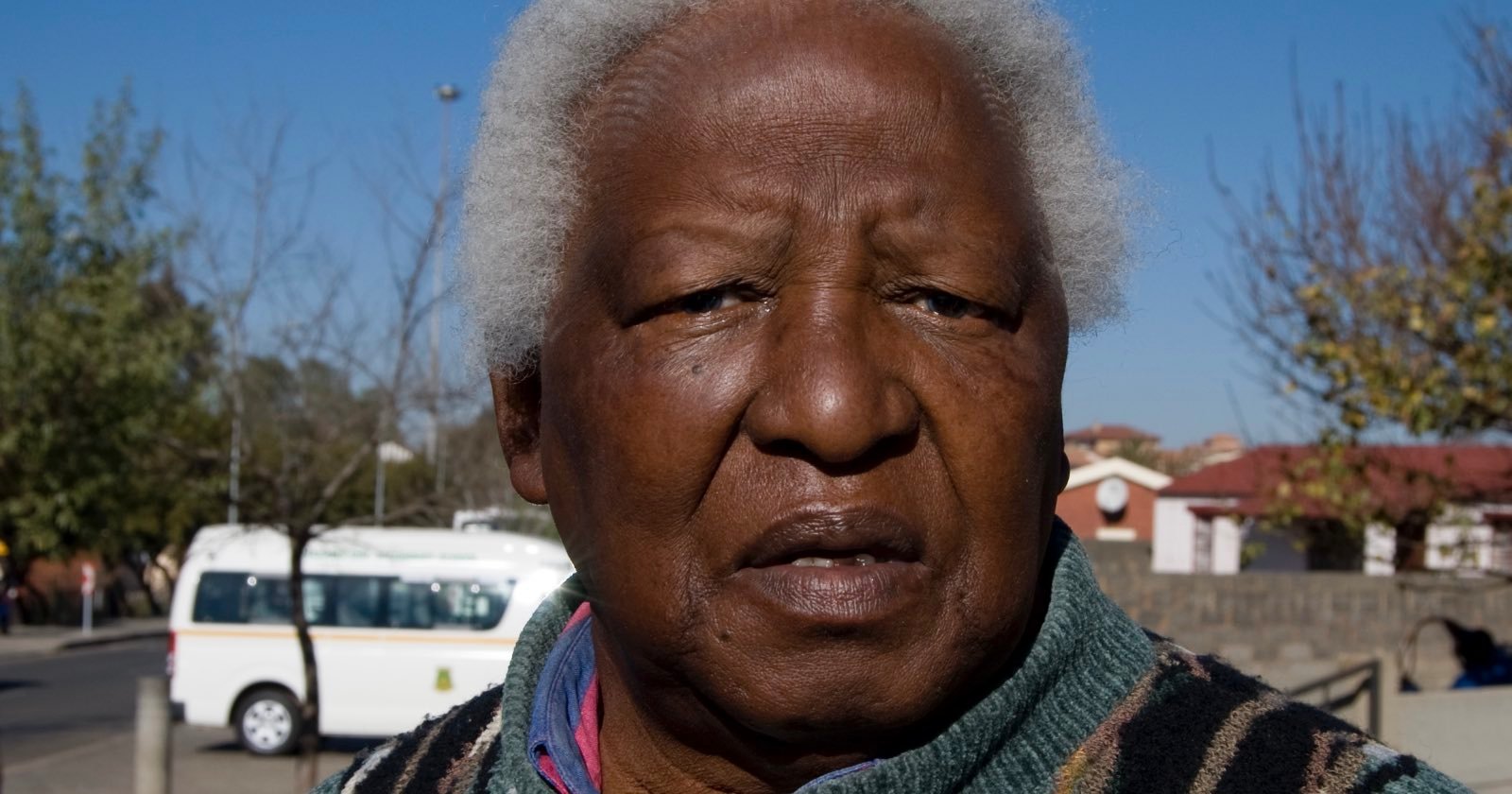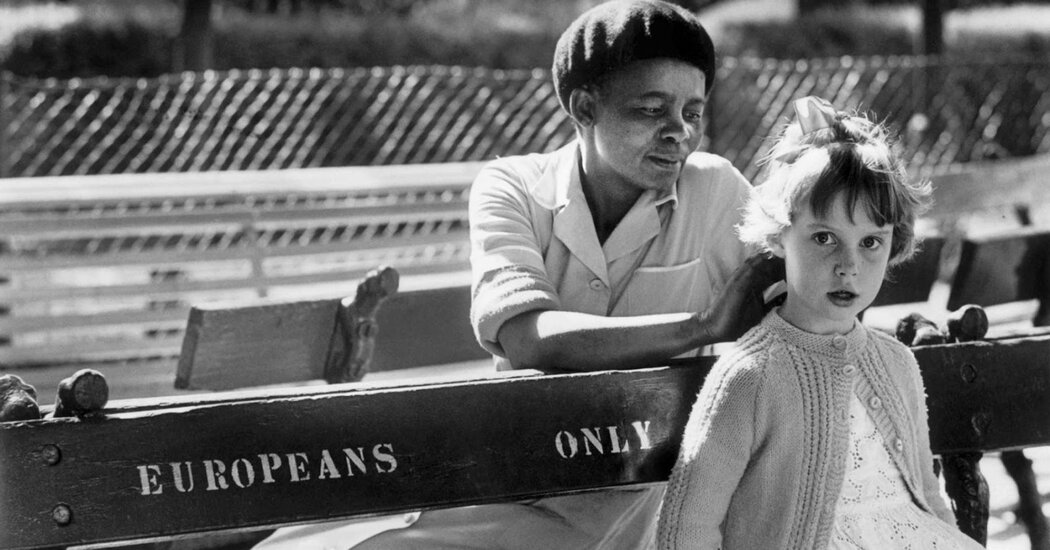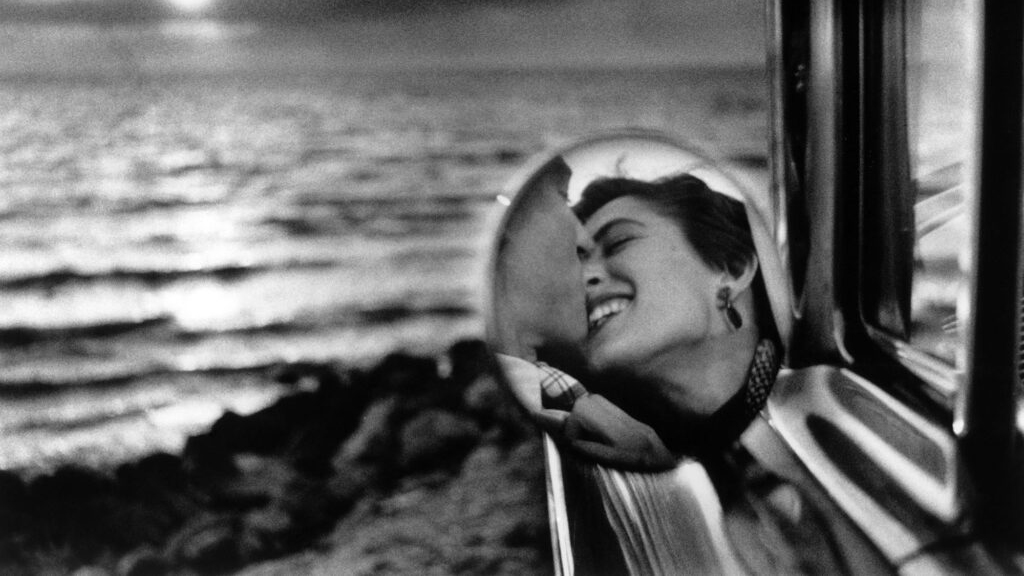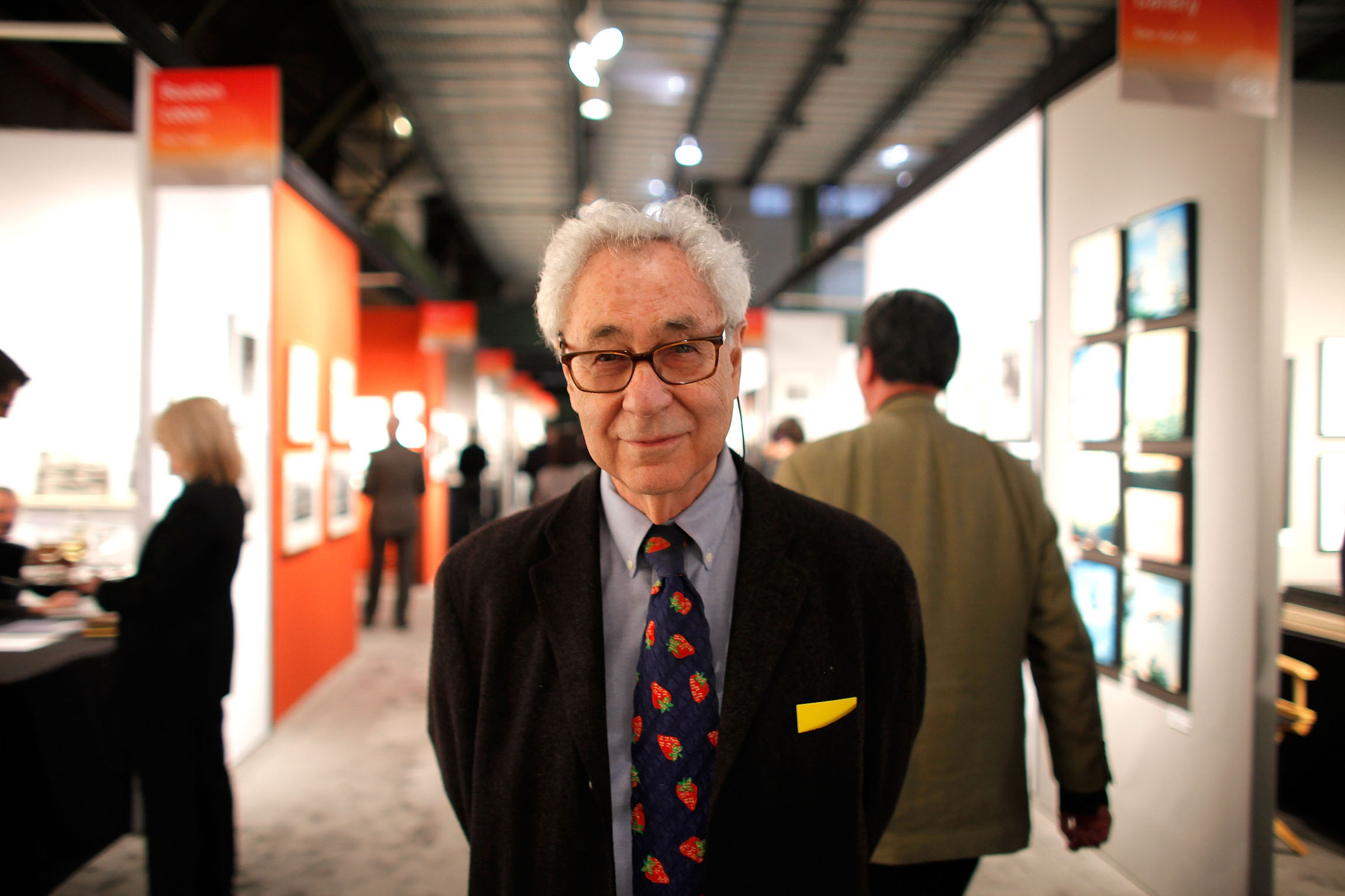3 former Virginian-Pilot photojournalists died in 2024; their work captured history, life in Hampton Roads.
The Pilot photo family lost three former photojournalists last year, most recently David Hollingsworth, who died on Dec. 30. He gave Photo Editor Todd Spencer one of his first opportunities 31 year…
via The Virginian-Pilot: https://www.pilotonline.com/2025/01/06/3-former-virginian-pilot-photojournalists-died-in-2024-their-work-captured-history-life-in-hampton-roads/
The Pilot photo family lost three former photojournalists last year, most recently David Hollingsworth, who died on Dec. 30. It was David who, 31 years ago, gave me one of my first opportunities to shoot an assignment.

